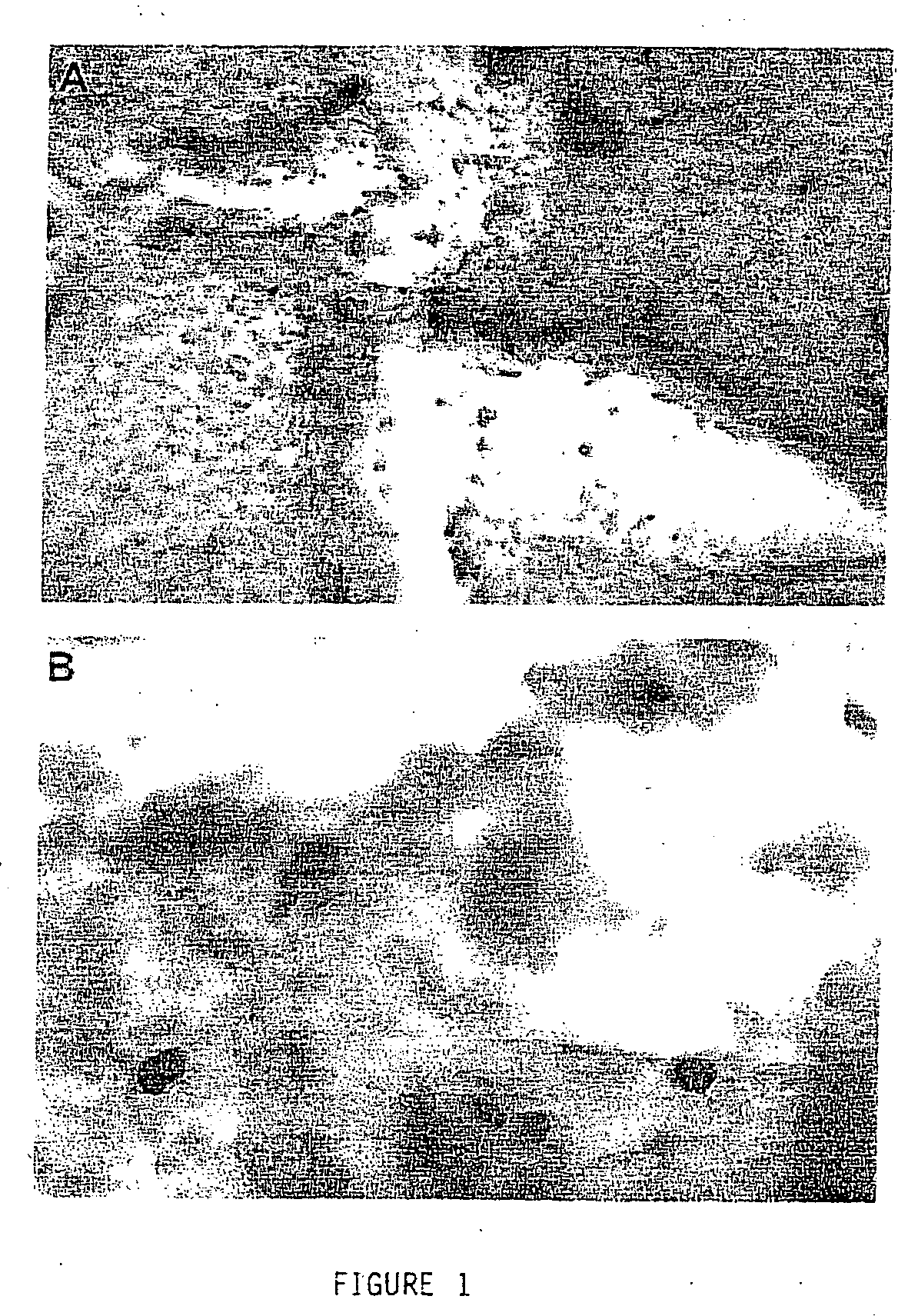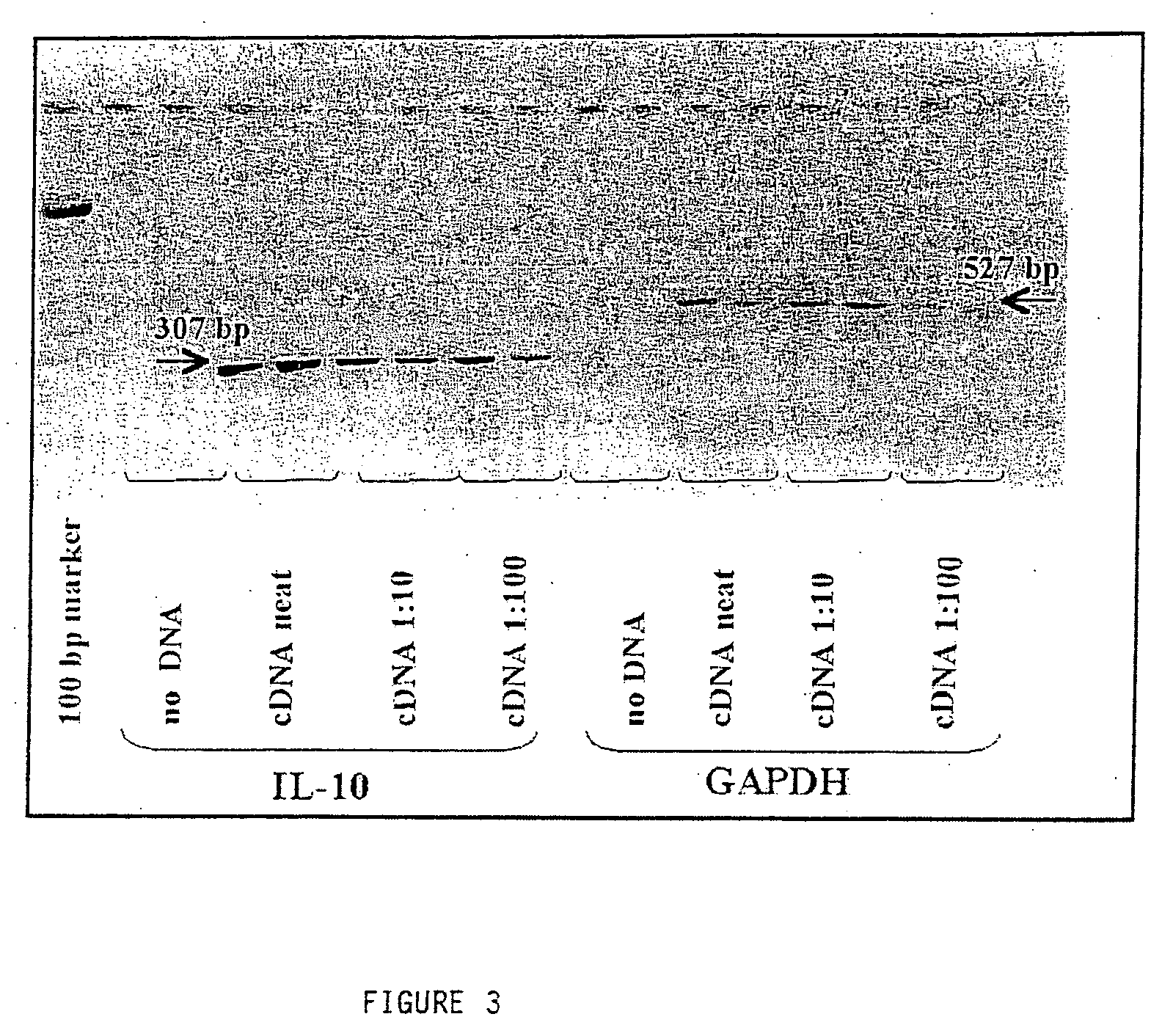Corneal cells expressing active agents and methods of use thereof
a technology of active agents and cells, applied in the field of corneal cells expressing active agents, can solve the problems of ocular fibrosis or scarring, adverse effect or elimination of vision, rejection of the replacement cornea,
- Summary
- Abstract
- Description
- Claims
- Application Information
AI Technical Summary
Benefits of technology
Problems solved by technology
Method used
Image
Examples
examples
[0038] The inventors selected a model of orthotopic corneal transplantation in the outbred sheep, a relevant preclinical model in which unmodified corneal allografts undergo rejection at three weeks post-operatively in a manner that is very similar at a clinical level to human corneal graft rejection (9). Adenoviral vectors have already been shown to be capable of transferring reporter genes into corneal endothelium of various species (10-13) and the use of liposomal agents has also previously been explored (14, 15). Given that the mitotic potential of sheep corneal endothelium was unknown, the replicative capacity of this tissue was first examined, to allow an informed choice of the vector for gene therapy to be made. The immunomodulatory cytokine IL-10, which down-regulates cell-mediated immune responses under some circumstances (16, 17), was chosen as the candidate gene product for regulation of allograft rejection by ex vivo gene therapy.
Materials and Methods
[0039] Ovine corn...
PUM
| Property | Measurement | Unit |
|---|---|---|
| Fraction | aaaaa | aaaaa |
| Fraction | aaaaa | aaaaa |
| Fraction | aaaaa | aaaaa |
Abstract
Description
Claims
Application Information
 Login to View More
Login to View More - R&D
- Intellectual Property
- Life Sciences
- Materials
- Tech Scout
- Unparalleled Data Quality
- Higher Quality Content
- 60% Fewer Hallucinations
Browse by: Latest US Patents, China's latest patents, Technical Efficacy Thesaurus, Application Domain, Technology Topic, Popular Technical Reports.
© 2025 PatSnap. All rights reserved.Legal|Privacy policy|Modern Slavery Act Transparency Statement|Sitemap|About US| Contact US: help@patsnap.com



